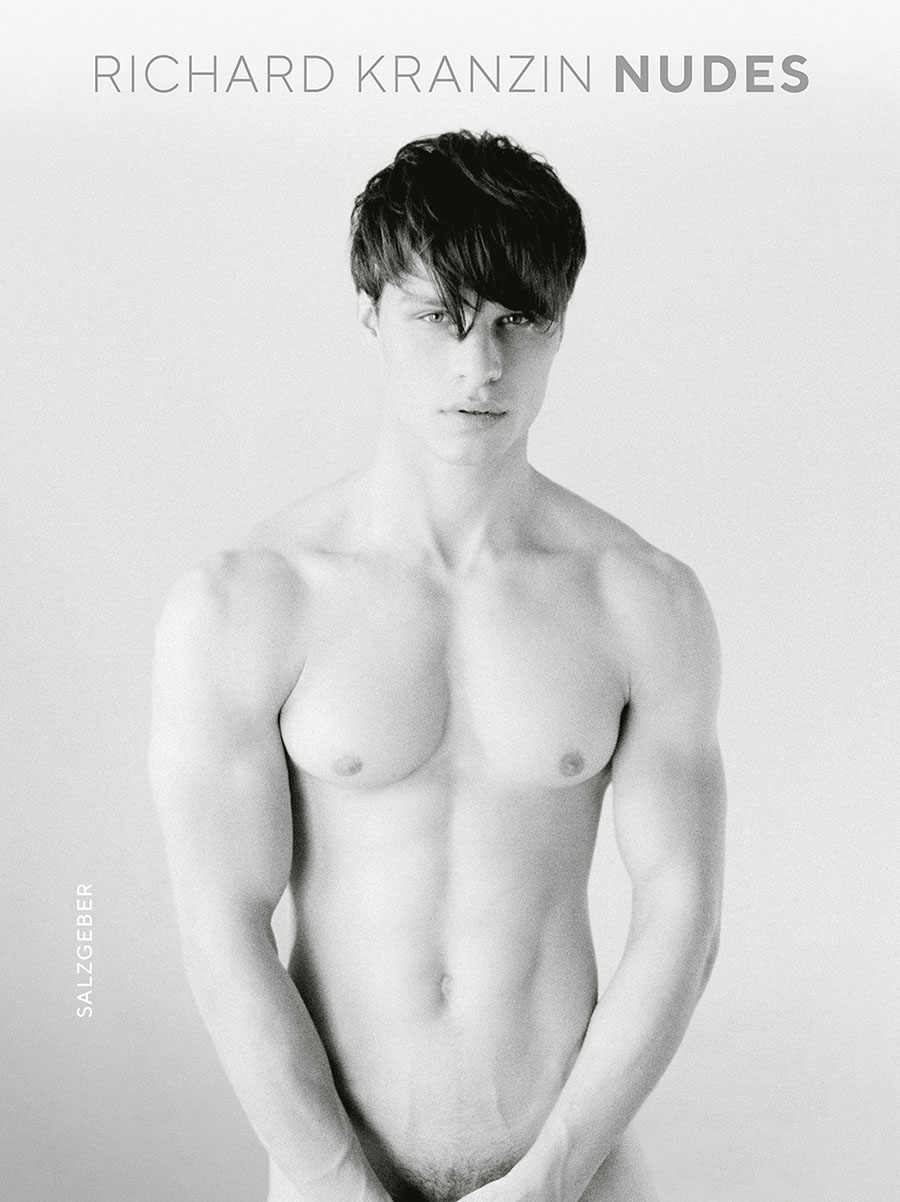
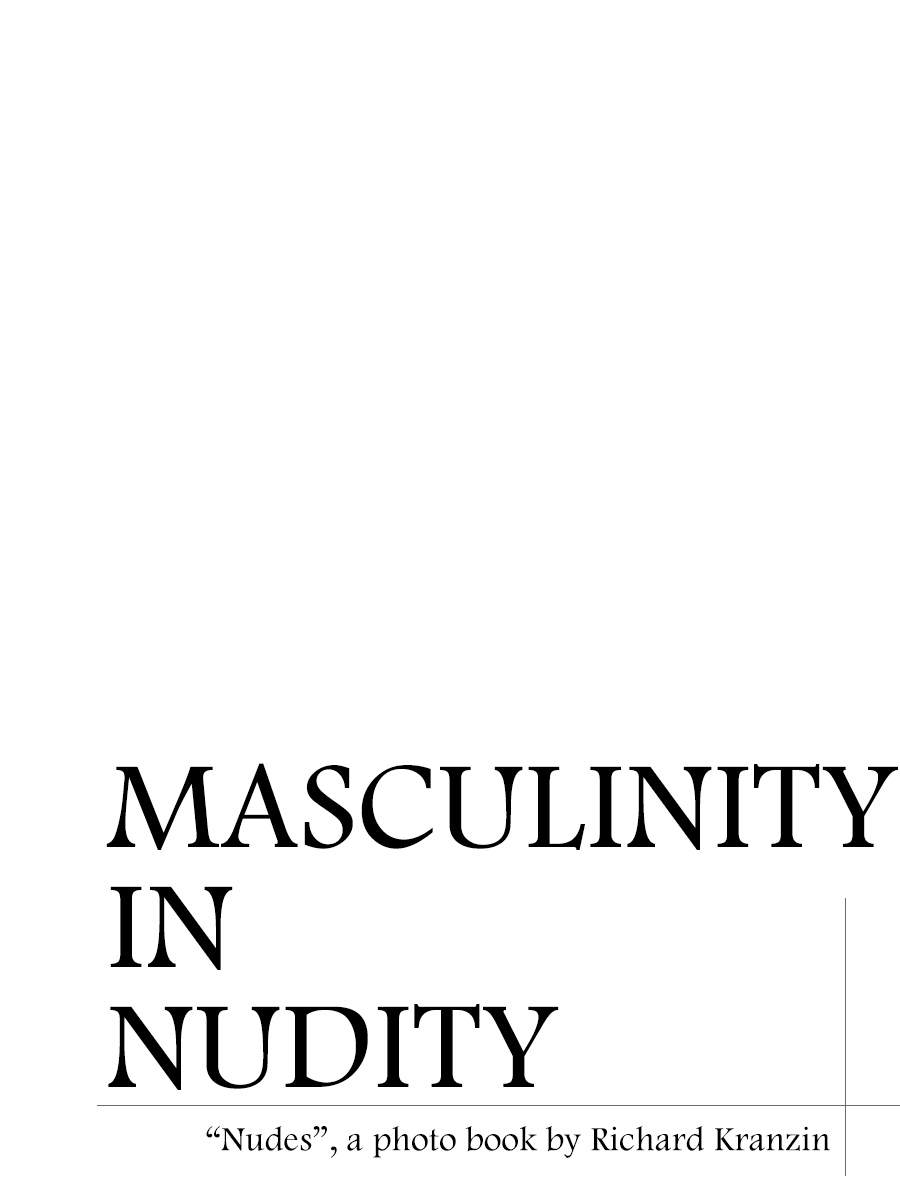
Tainting the familiar, conventional meaning of masculinity, Richard Kranzin subjects the term under his authority, twisting the established theories of how men should act and look to the benefit of the modern lifestyle. Under his direction, he infuses fragility into the cornerstones of masculinity, a testament to his compendium “Nudes”.
Rippling through the pages of his photo book, men display their virtue, virility, and vulnerability to the Berlin-based photographer. They distance themselves from how social media depicts them: Greek Gods who need to sustain their muscular, toned bodies, and nothing less than that. As Richard photographs nude men, he brews up new wisdom over masculinity: men as soft and non-sexualized beings with nudity as the highest form of intimacy.
Why did you want to explore the fragility of the masculine?
I think it comes from my childhood when my father told me to act more “masculine.” Being more sensitive or “feminine” as a young boy seemed to be something I should be ashamed of. Sadly, a lot of men can relate to that. Growing up and coming out as gay, I did not hide my vulnerable side; I felt free. Today’s perception of masculinity is changing in cultures around the world. Being masculine is becoming a very fragile statement itself and is seen from many more perspectives nowadays and showing that in my work can help to spread a new perception of masculinity even further.

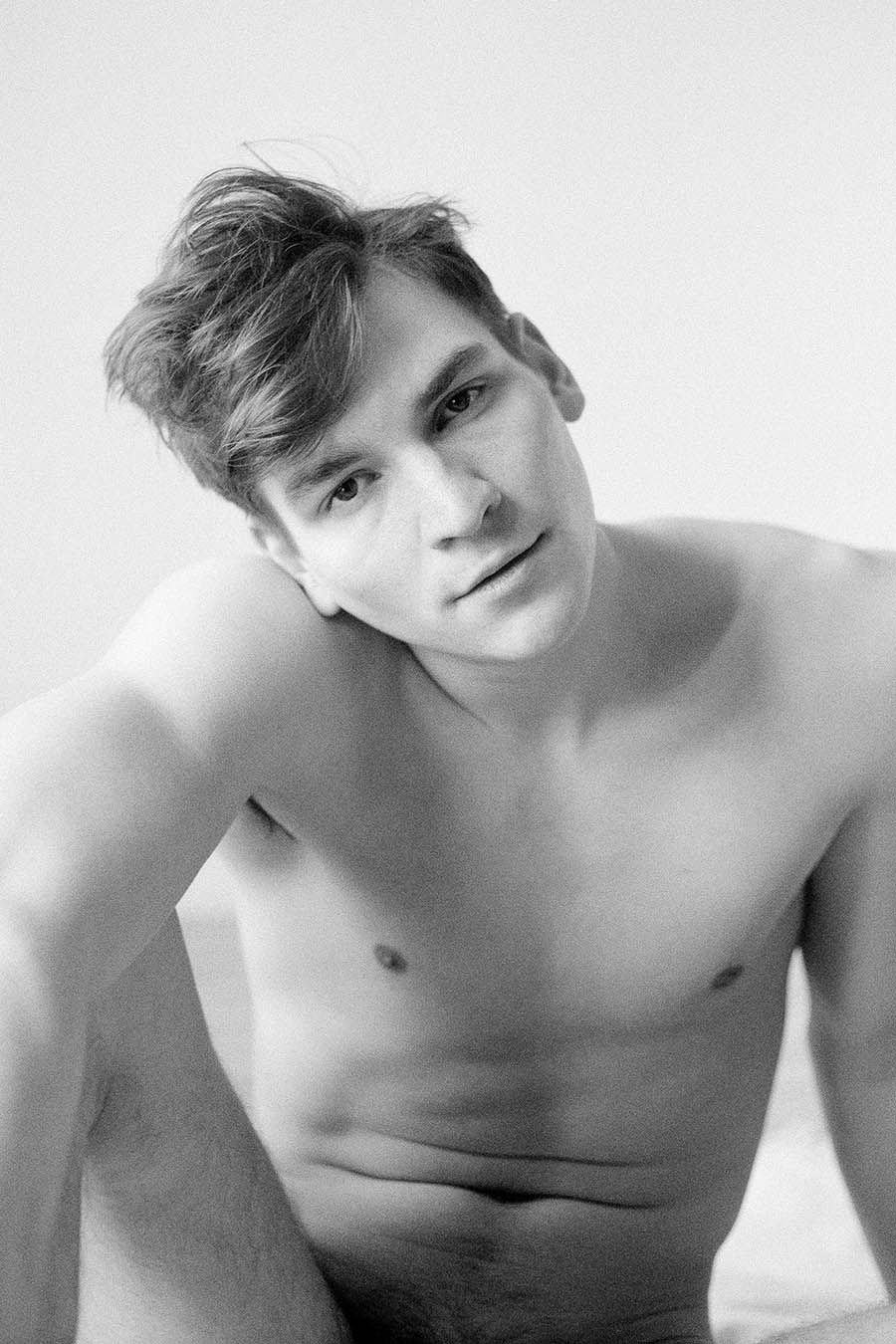
How do you perceive fragility? What relationship does it have with masculinity?
When I talk about fragility in relation to masculinity, I mean the common stereotypical thinking of what masculinity is and what happens when you do not act that way. When you look closely at the young men I photographed, you might see through their stereotyped, hard masculine shell and into their vulnerable souls. The stereotyped masculine façade becomes fragile when the models are nude and bare in front of my lens. They show themselves honestly and not disguised by outside influences.
How has the perception of masculinity changed over the years through your photographs?
When I started taking photos, I was inspired by commercialized fashion photography. I was a model myself, so I knew what the industry expected from male models and how they should look like in photos. In the 2010s their manhood and “masculinity” were viewed to resemble that of classical Greek Gods. I was always much more of an androgynous model and had the opportunity to show much more diversity and emotions in my poses than other male models. These influenced the way I started to shoot with my model friends who were not androgynous in the first place.
Having a form like a Greek sculpture does not tell a story itself. I wanted to look into the souls of the people, and I still do. While my models mostly have these classical beauty face with “masculine” model features, I always try to capture them as authentic, pure, and soulful as possible to make the difference.
Was the use of analog black and white photography in your compendium intentional? Why?
Black and white imagery gives a sense of timelessness. I love the melancholic and nostalgic air that surrounds it. In terms of creating soulful and pure images, black and white pictures help put the focus on the subject. NUDES is shot in analog black and white film intentionally. The analog image offers unpredictability and rawness and using it gives me a great feeling, so I use it in every shoot now. It separates itself from the digitalized fast world we live in.
You mentioned that your models are cut off from their commercialized self-representations on social media, from their digital identities. What discoveries did you find out about their self-representations in reality versus on social media through photography?
It was so interesting to meet my models for the first time. I only knew them from social media, so all I saw was how they presented themselves and how they wanted to be perceived. Talking with and getting personal with them in a short amount of time opened us up. Also, the nudity benefits an open conversation that I have with most of my models during a shooting. It lets me see into their souls, something that social media can never do. I hope my photos can capture the intimacy and trust that are built in these short moments last long.
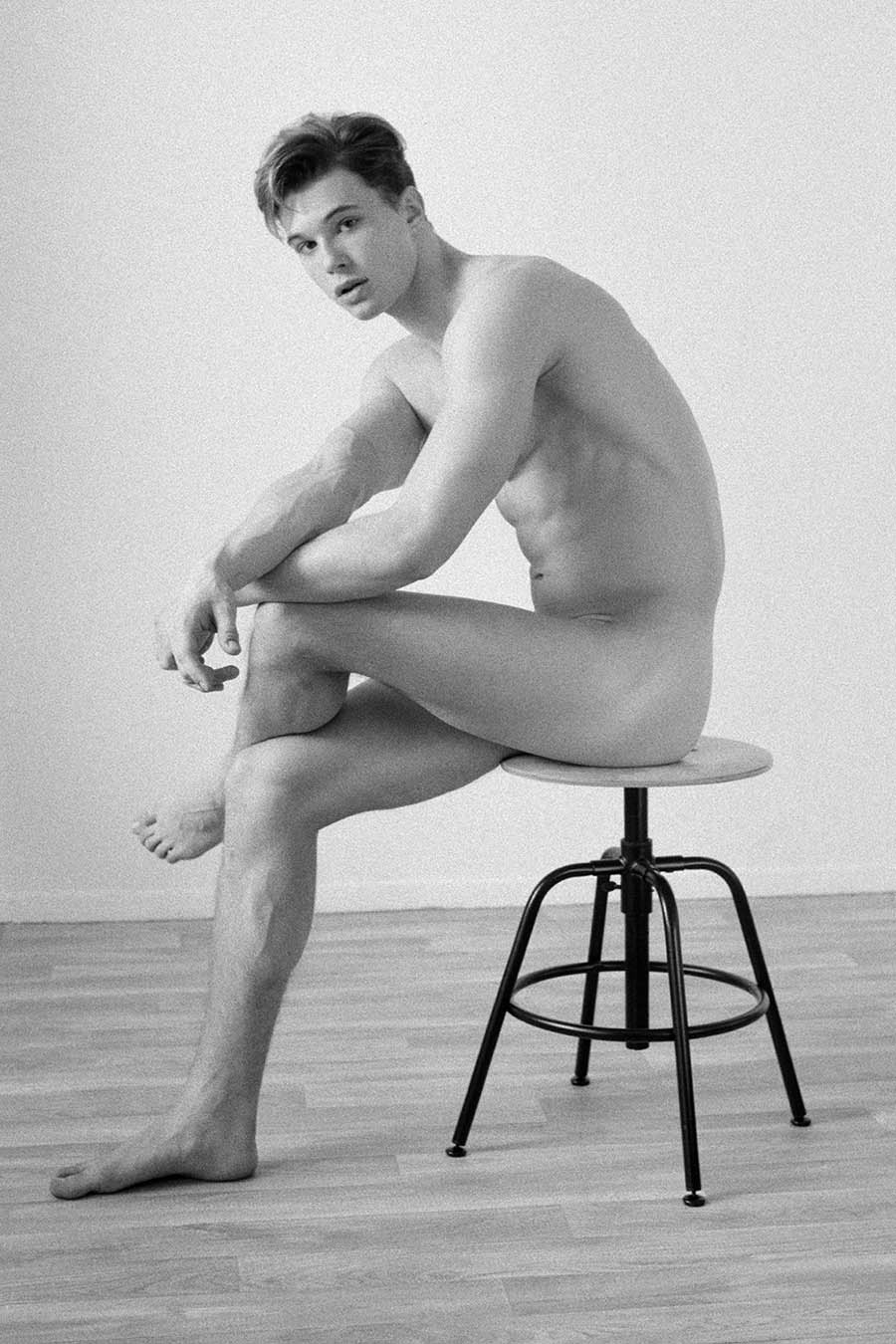

As you describe your photobook: My pictures invite you to dream of masculinity without sin, honest and authentically sensuous. Why did you say, “without sin”? Is it sinful to dream of masculinity?
Masculinity can be full of sins when the world talks about toxic masculinity, abuse, roughness, sexism, and crime in general. In NUDES, I want to create a dream bubble in which men do none of these things, a reason my book is bright, with few contrasts, and feels very airy. I tried to show masculinity as a soft, non-sexualized statement – without sin, so to speak.
During the shoot, you decided which position, posture, look, and mood the finished picture and models should convey, thus evoking rawness and intimacy. How did you establish your relationship with your subjects?
As I mentioned earlier, it deals with a lot of speaking with and explaining my project to them. During the shooting, I kind of let the models go with the flow. Not all of the poses are instructed; I let them move, and I adjust my photos around the mood. What I did was I gave them a mood or feeling, even putting on some ambient music to get them into a melancholic mood. I see myself more as a director, encouraging the actor in a certain situation to take on spontaneity.
Speaking of intimacy, how do you perceive and define nudity? In what way does it relate to non-intimacy?
Nudity is the highest form of intimacy to me. I do not like it when it becomes non-intimate and only focused on showcasing oneself. Being nude on photographs should always come with an intimate and personal feeling to it.
After this project, what is next for Richard? Are you planning to continue with the project?
Thinking about the future gives me a lot of pressure. My inspiration always comes from a kind of nostalgia that honors the past. My posts on Instagram are mostly images from previous years. I love going through my archives instead of chasing trending photos for the likes. It drives most of my models crazy to wait for so long before I post, but that is just how I work.
I am still taking a lot of new photos, but I am not thinking about a future project yet. It might be next year; it might be in five years. What I do is I look at a body of work from the last few years and then figure out how I can present it as a cohesive collection. This is how my books BOYS IN NATURE and NUDES developed. In both cases, I realized that this could become a publication, two years after having already shot them.
One long-term project I am working on is my first feature film as a director, but writing a script is not that easy. To let you in on the development, adolescence, fragile masculinity, dreamy nostalgia, and intimate emotion will always be a part of my work.

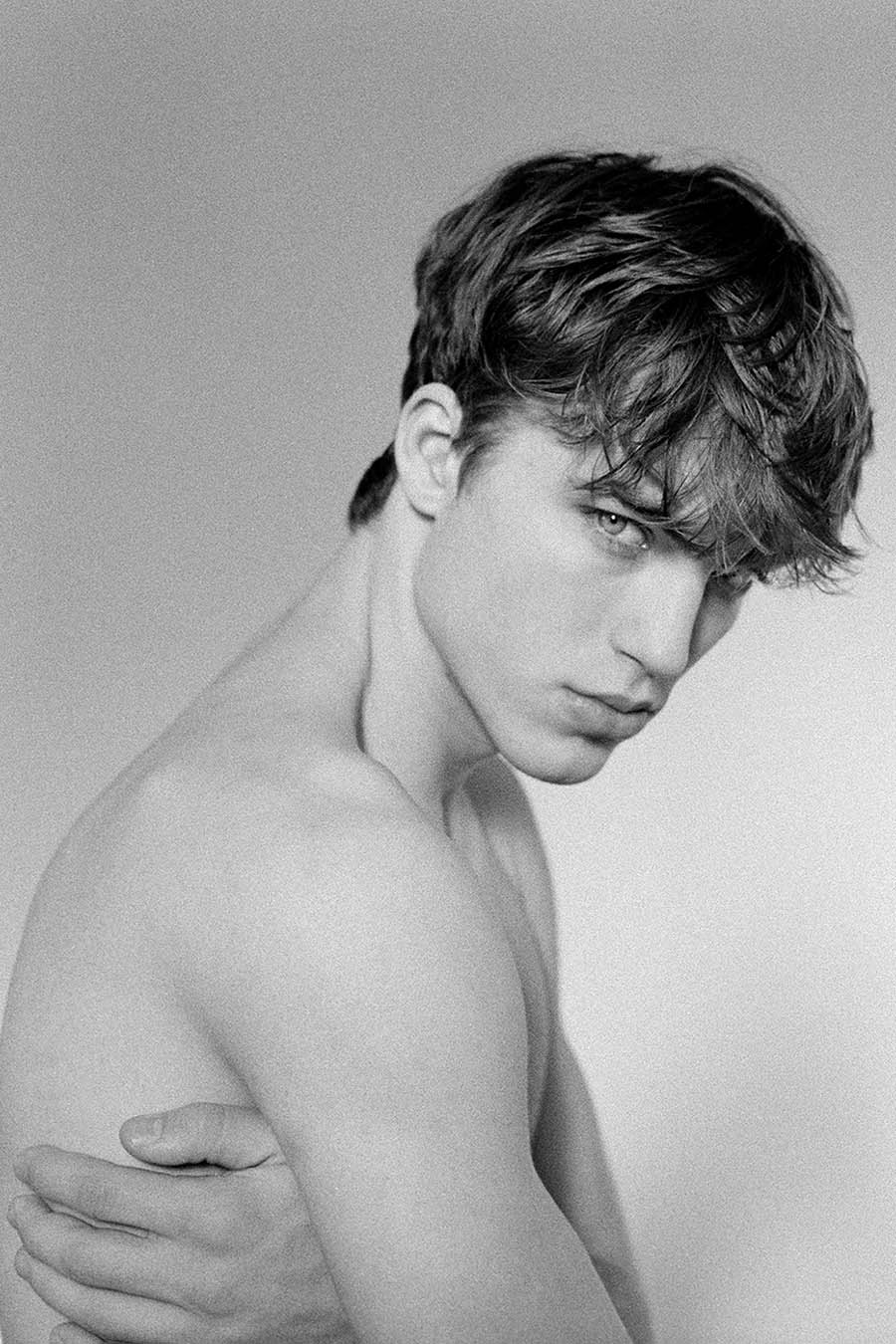
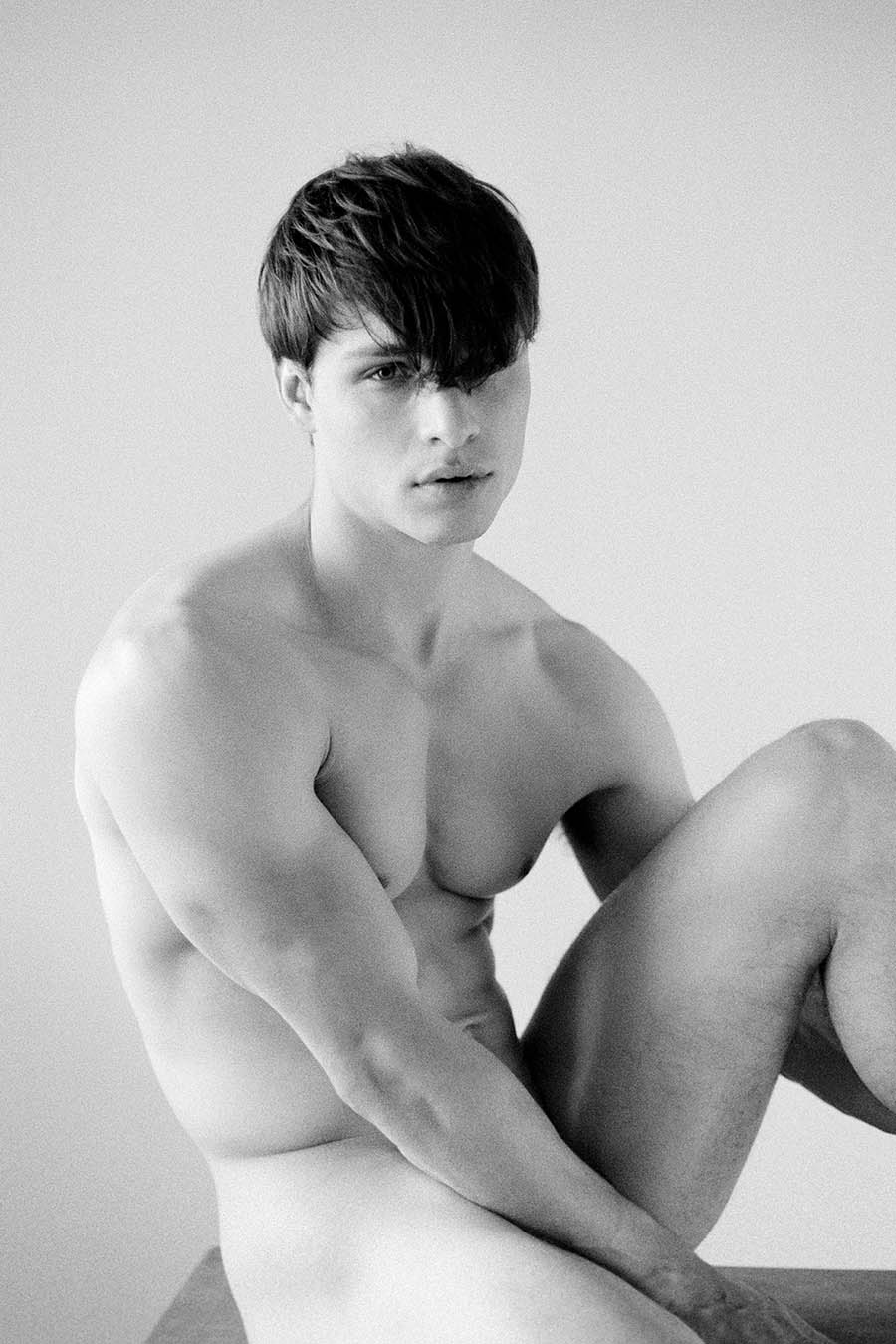

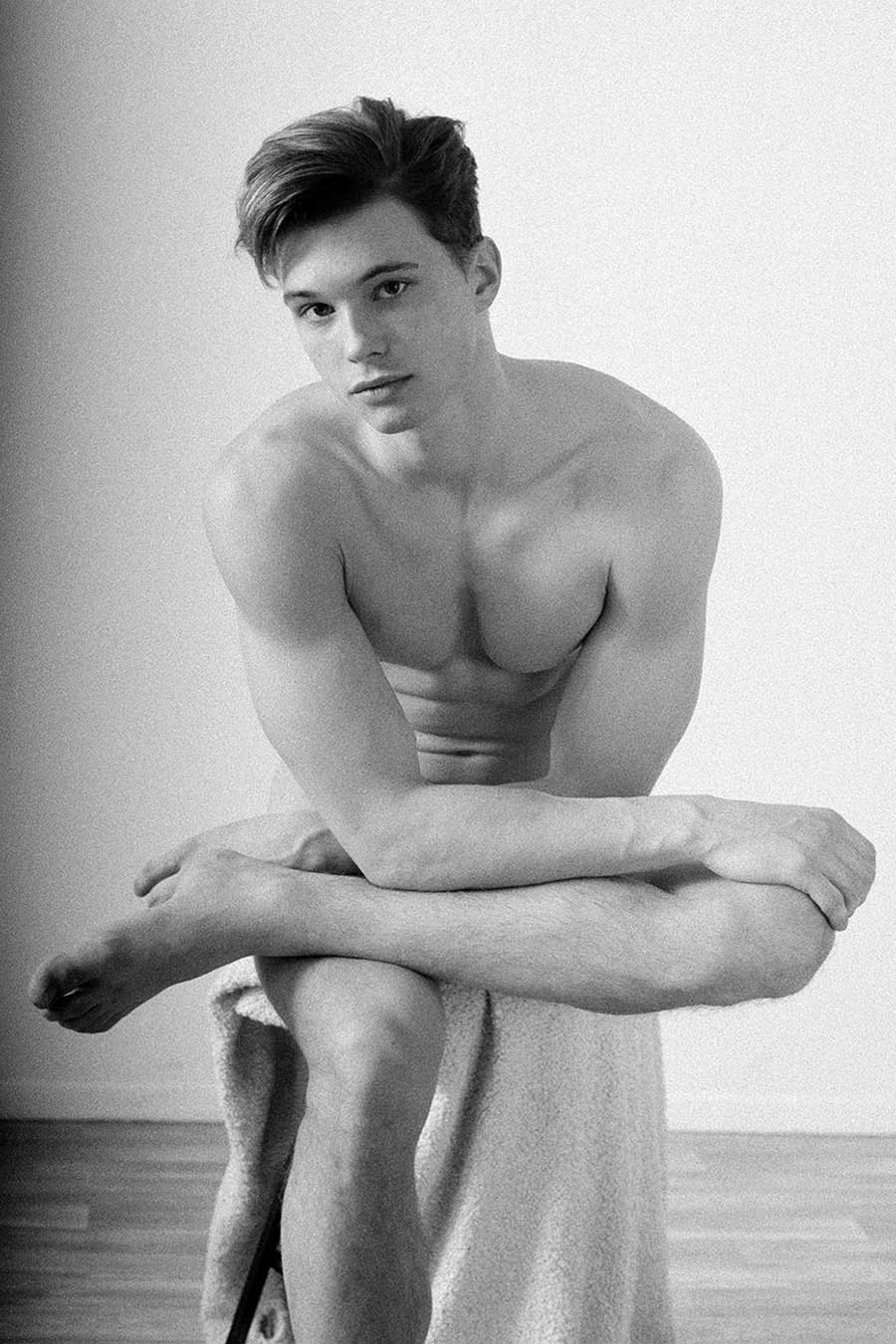
Text & Interview by Matthew Burgos
Edit by Yves Tsou